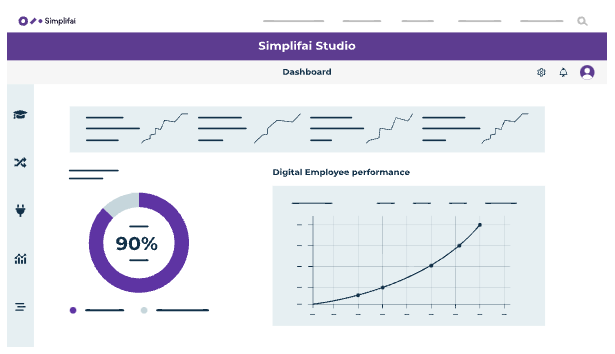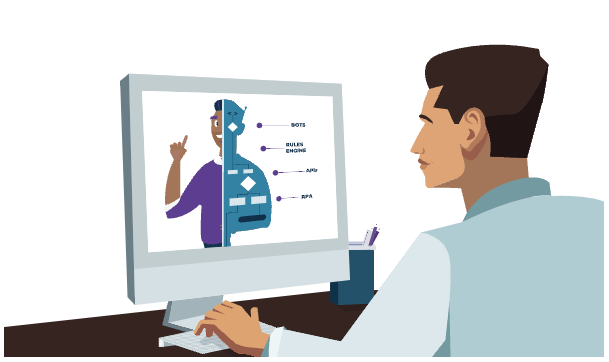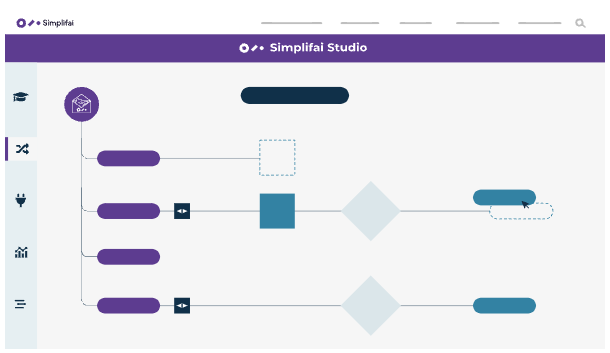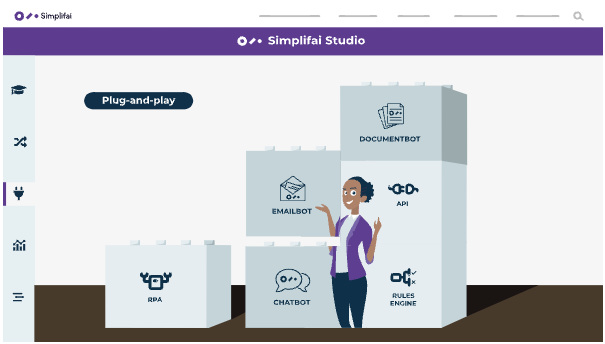Why should businesses start adopting no-code and low-code automation platforms
The modern worker now leads a busier work life than before with a need to complete operations and tasks in the least amount of time. With increasing workloads, organizations have been adopting ways to automate daily work processes in the form of business automation.

Furthermore, the business world gradually saw a rise in the use of no-code and low-code automation. These are closely related technologies to each other. They enable businesses to automate work processes with minimal or no coding used during the configuration and implementation of the automation procedures.
The earlier generation of platforms used for automating work processes required writing extensive codes, which consumed a lot of time and resources. However, with low-code and no-code automation, businesses do not require skilled resources and a need to devote long time periods to developing automation solutions. This is a boon for businesses by positively impacting work productivity and efficiency.
In recent times, these automation technologies with their platforms have steadily witnessed a rise in adoption across different work environments. This blog will take a deeper look into no-code and low-code automation and why your business should start using this type of automation.
What is low-code and no-code automation?
Over the past decade or so, a new way of managing work processes has emerged that promises a highly tailored approach for businesses in the form of codeless automation. The increasing adoption of low-code and no-code automation platforms played an important role in automating business workflows.
Low-code automation is defined as an approach to automating daily business operations through cloud-based SaaS products that need minimal coding at the back-end. Thus, low code automation involves a visual approach while creating automation solutions as compared to traditional, time-consuming coding actions used for the same. Similarly, no-code automation is the approach to automate daily business operations without writing a single line of code while configuring SaaS products and services. Apart from a visual medium, no-code automation also involves a drag-and-drop interface as a key feature.
Low-code & no-code automation benefits

However, there is much more to these technologies than just benefits and innovation. No-code low-code automation also provide businesses with feature-rich platforms to configure automation solutions. These solutions can then be deployed in different work areas in a business environment.
Key features of both no-code and low-code automation platforms




Visual modeling – Products that provide low-code and no-code automation use visual capabilities for configuration as in-built-in components to represent information.
Out-of-the-box functions – Using a codeless way to develop automation solutions often involves using pre-set modules that are available out of the box for better service and data management of business requirements.
Drag-and-drop functionality – No-code and low-code automation solutions enable users to simply drag and drop individual components during configuration.
Recyclability/reusability – Pre-configured modules can be reused for different solutions to build applications faster. This is also known as plug-and-play.
Work areas where businesses can use AI-based no-code and low-code automation
Artificial Intelligence has taken the world by storm, and it is one of the perfect mediums to facilitate the use of no-code low-code automation. This is mainly due to similarities in both these technologies such as 24/7 availability, minimal manual intervention, high scalability, improved accuracy of task completion, and streamlined customer service, among many others.
Businesses are choosing fully operational AI-powered automation that doesn’t require users to work with codes in different work areas at both the front-end and back-end. Some of these work areas where no-code & low-code automation is enumerated below with a few details:
Handling tasks in BFSI organizations
Customer service solutions
Email and document processing
Storage and archival bots
Processing daily tasks in financial organizations – AI solutions that provide end-to-end automation for processing repetitive tasks of handling invoices, bills, claims, etc. in the BFSI sector.
Customer service solutions – Enterprise-grade customer-facing AI solutions for personalized customer engagements that can manage automated replies, forwards, and carrying out actions.
Email and document processing – AI solutions for processing bulk emails and documents with minimal manual intervention, including replies, forwarding to stakeholders, and archival.
Storage and archival bots – AI tech that can handle large volumes of data for archival and accessibility
Inference
Businesses today not only want to streamline their operations but also desire a way out of traditional work actions that deal with repetitive and time-consuming processes. No-code and low-code automation powered by Artificial Intelligence is the best bet for organizations to achieve digital transformation and scale up faster.
Several work domains are suitable for deploying low-code and no-code automation solutions such as email and document processing, data archival, and customer service. Thus, these technologies appear to be a next-gen approach that brings end-to-end automation to businesses in multiple industries.
About Simplifai
Simplifai is an AI solutions company that provides end-to-end automation for businesses dealing with free text emails, documents, and chat communications. Our AI solutions facilitate streamlined email automation and document processing for improved business work efficiency and reduced operational costs.
Along with Robotic Process Automation, Application Programming Interface, and advanced Natural Language Processing, Simplifai’s AI-powered Digital Employee solutions comprise individual AI modules such as Emailbot, Documentbot, and Chatbot that can be trained and configured in our no-code AI platform – Simplifai Studio.
Want to know more about our Digital Employees and Simplifai Studio? Click the buttons below for more information:


